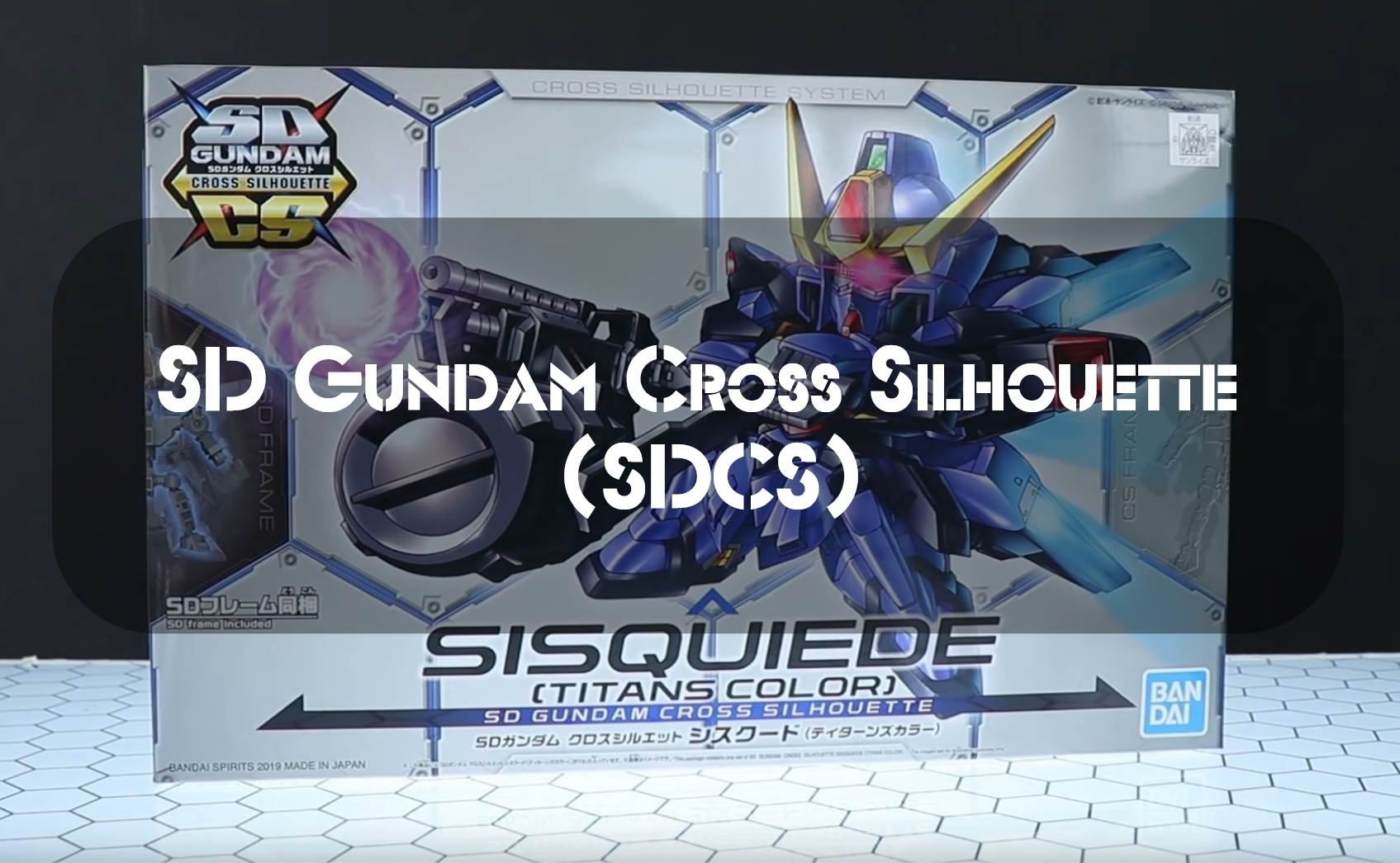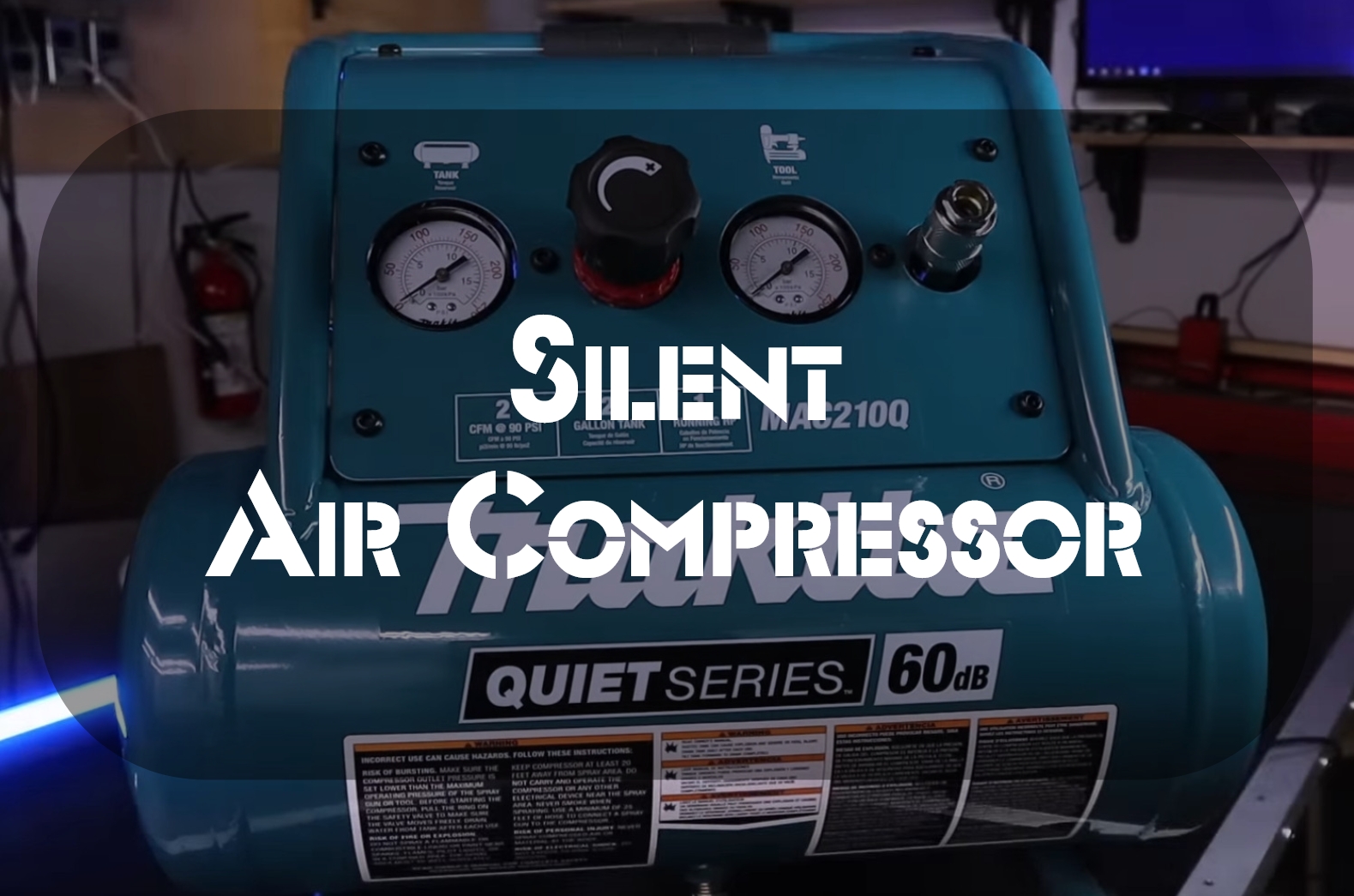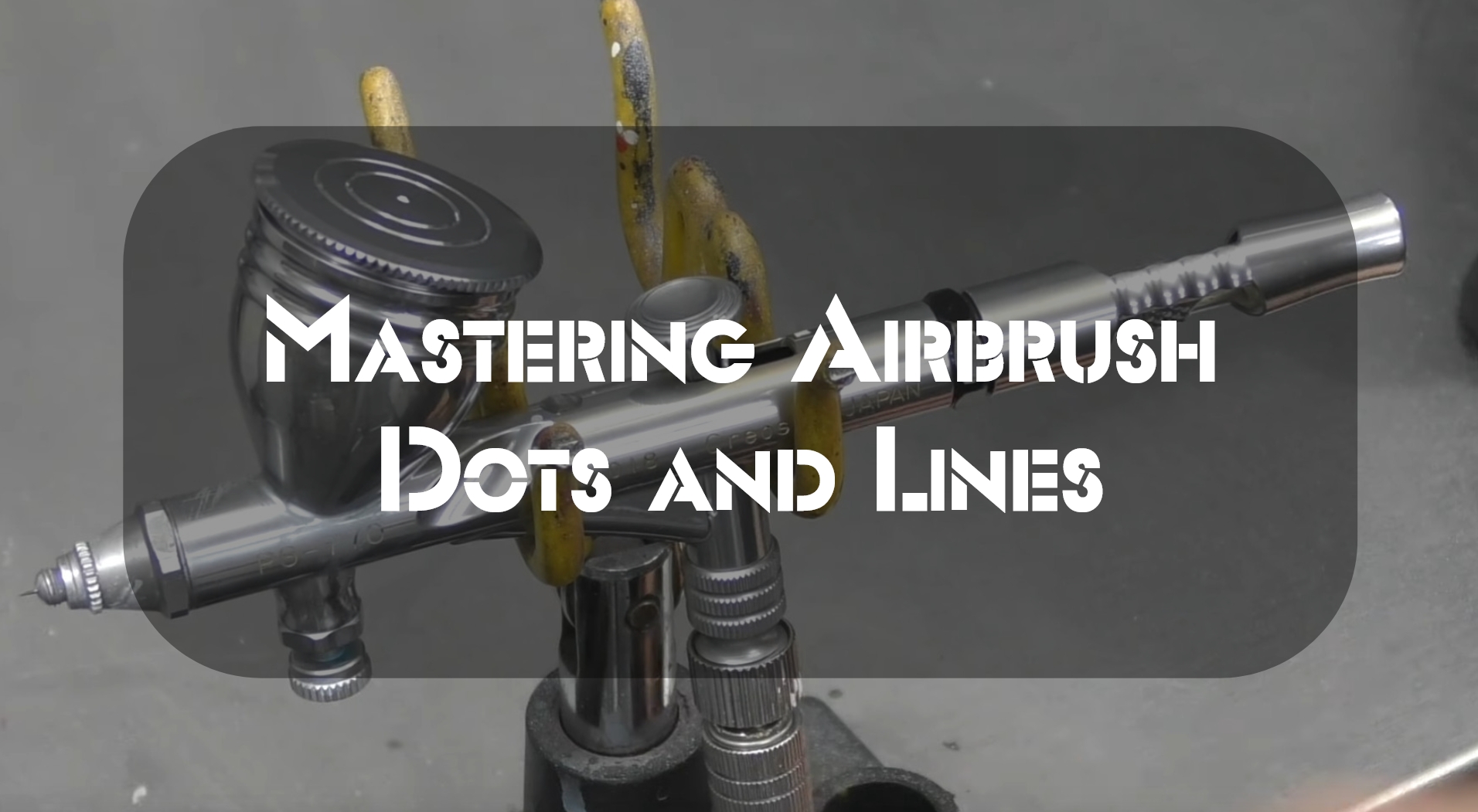Welcome to the world of SD Gundam Cross Silhouette (SDCS), where chibi-style robots rule the roost! In this comprehensive guide, we’ll take a deep dive into the fascinating realm of SDCS, exploring its history, features, and what makes it so appealing to fans of all ages. With our step-by-step guide, you’ll be well on your way to becoming an expert in this unique and exciting corner of the Gundam universe.
A Brief History of SD Gundam
Before we jump into the world of SDCS, let’s take a quick look at the history of SD (Super Deformed) Gundam. The SD Gundam series first appeared in the mid-1980s, when Japanese artist Koji Yokoi created a comic strip featuring chibi (short and cute) versions of popular Mobile Suit Gundam mecha. The strip became wildly popular, spawning numerous spin-offs, anime series, and of course, model kits.
The Birth of SD Gundam Cross Silhouette
Fast forward to 2018, and Bandai, the company behind the Gundam franchise, unveiled their latest SD Gundam offering: the SD Gundam Cross Silhouette (SDCS) line. This new series of model kits introduced an innovative and customizable frame system, allowing builders to create either the traditional cute, chubby SD Gundam or a taller, more poseable version with proportionately larger limbs. This dual-frame design opened up a world of possibilities for fans, and the SDCS line has been a hit ever since.
Getting Started with SD Gundam Cross Silhouette
Now that we have some context, let’s dive into the world of SDCS! We’ll walk you through the basics of these kits, from the different types of models available to the tools you’ll need to get started on your very own SDCS project.
Types of SDCS Model Kits
There are two main types of SDCS model kits available:
- SDCS Standard: These kits come with the SD frame, allowing you to build the traditional chibi-style SD Gundam. They also include optional parts for upgrading to the Cross Silhouette Frame (sold separately).
- SDCS CS Frame: These kits come with both the SD frame and the Cross Silhouette Frame, giving you the option to build either style right out of the box.
Brands to Look Out For
When it comes to SDCS kits, you’ll primarily be looking at products from Bandai, the creator of the Gundam franchise. They offer a wide range of SDCS models, featuring popular mobile suits from various Gundam series. Some noteworthy SDCS kits from Bandai include:
- SDCS RX-78-2 Gundam
- SDCS Zaku II
- SDCS Nightingale
While Bandai is the main player in the SDCS space, other brands like Daban and Mechanicore also offer SD Gundam kits. While these kits may not be officially licensed, they can still provide a unique and enjoyable building experience for Gundam enthusiasts.
In this section, we’ll discuss these decision-making factors and how SDCS kits perform in each area.
1. Design and Aesthetics
One of the most critical factors when choosing an SDCS kit is the design and aesthetics of the mobile suit. SDCS kits are known for their chibi-style appearance, which makes them unique and appealing to many fans. However, the introduction of the Cross Silhouette Frame also allows for a more proportionate and poseable version of the model.
Performance: SDCS kits excel in the design department, offering a variety of popular mobile suits from different Gundam series, each with their unique aesthetic appeal. The dual-frame system allows builders to choose between the classic SD style or a taller, more proportionate version, catering to different preferences.
2. Customization Options
Another key factor to consider is the level of customization options available for the SDCS kit. Some builders enjoy personalizing their models, while others prefer to stick to the original design.
Performance: SDCS kits offer a good level of customization options, thanks to the interchangeable frame system and the availability of various expansion sets and weapon packs. Builders can mix and match parts from different kits or upgrade their models with new accessories to create a unique look.
3. Complexity and Building Experience
The complexity of the model kit and the overall building experience are essential factors for many Gundam enthusiasts. Some builders prefer a more straightforward, beginner-friendly kit, while others enjoy the challenge of a more complex model.
Performance: SDCS kits generally offer a moderate level of complexity, making them suitable for both beginners and experienced builders. The instructions are clear and easy to follow, and the assembly process is typically straightforward. However, some of the more advanced SDCS kits may require a bit more skill and patience to complete.
4. Articulation and Poseability
Articulation and poseability are crucial factors for those who enjoy displaying their models in dynamic poses or engaging in action photography.
Performance: SDCS kits with the Cross Silhouette Frame have improved articulation and poseability compared to the traditional SD style. The taller frame allows for more flexibility in the joints and a wider range of motion, enabling builders to achieve more dynamic poses with their models.
5. Price and Value
Finally, price and value are essential considerations when choosing an SDCS kit. Budget-conscious builders may want to find a balance between the cost of the kit and the overall quality and features it offers.
Performance: SDCS kits are generally affordable, with prices ranging from entry-level kits to more advanced and detailed models. The dual-frame system and customization options provide good value for the money, making SDCS kits a popular choice among Gundam fans.
Essential Tools for SDCS Building
Before you start building your SDCS model, you’ll need a few essential tools. Here’s a list of must-haves for any budding SDCS enthusiast:
- Nippers: These specialized cutting tools are used to remove the individual parts from the plastic runners that hold them together. Opt for a high-quality pair of nippers, like GodHand or Tamiya, to ensure clean cuts and minimal stress marks on your model’s parts.
- Hobby Knife: A sharp hobby knife, such as an X-Acto knife, is essential for cleaning up any leftover nubs or imperfections from the plastic parts after cutting them from the runners.
- Tweezers: Small tweezers can be handy for picking up and placing tiny stickers or decals that are often included with SDCS kits.
- Panel Lining Pen or Wash: Panel lining is the process of adding lines and details to the model to make it look more realistic and visually appealing. You can use either a fine-tip panel lining pen or a panel lining wash to achieve this effect.
- Topcoat: A topcoat is a clear, protective layer that is applied to your model after it’s been built and painted. It helps protect the paint and stickers from wear and tear and gives your model a more polished look. You can choose between a matte or glossy finish, depending on your preference.
Step-by-Step Guide to Building Your First SDCS Model
Now that we’ve covered the basics, let’s walk through the process of building an SDCS model from start to finish.
Step 1: Choose Your SDCS Model Kit
First things first, you’ll need to pick out the perfect SDCS model kit. Consider which Gundam series or mobile suit design appeals to you the most, and whether you want to start with a standard or CS Frame kit.
Performance: SDCS kits are generally affordable, with prices ranging from entry-level kits to more advanced and detailed models. The dual-frame system and customization options provide good value for the money, making SDCS kits a popular choice among Gundam fans.
Step 2: Unbox and Organize
Once you have your kit, carefully unbox it and lay out all the plastic runners, instruction manual, and any included stickers or decals. Organize the runners by letter (each runner is labeled with a letter, e.g., A, B, C) to make it easier to find the parts you need as you work through the instructions.
Step 3: Assemble the Frame
Begin by assembling either the SD or Cross Silhouette Frame, following the instructions provided in the manual. This will serve as the skeleton for your model and determine its overall proportions.
Step 4: Cut Out and Clean the Parts
Using your nippers, carefully cut out each part as you work through the instructions, making sure to cut as close to the plastic part as possible without damaging it. Use your hobby knife to clean up any remaining nubs or imperfections.
Step 5: Assemble the Model
Follow the step-by-step instructions in the manual to assemble the various sections of your model, such as the head, arms, legs, and torso. Pay close attention to the orientation of each part to ensure a proper fit.
Step 6: Apply Stickers or Decals
Once your model is fully assembled, use tweezers to apply any included stickers or decals. This can be a bit tricky, so take your time and be patient.
Step 7: Panel Lining
Add depth and detail to your model by applying panel lines using a panel lining pen or wash. Follow the natural lines and grooves in the plastic parts to create a more realistic appearance.
Step 8: Topcoat
Finally, apply a topcoat to your completed model to protect the paint and stickers and give it a polished look. Allow the topcoat to dry completely before handling or displaying your model.
As a fellow Gundam enthusiast, I understand the importance of finding valuable resources to help you make the best decision when it comes to choosing your next SD Gundam Cross Silhouette (SDCS) model. Here are three manufacturers’ resources I personally found helpful during my own SDCS building journey:
- Bandai Hobby Site: This is the official Bandai Hobby site, featuring their extensive SDCS lineup. I found this site incredibly useful for browsing through various SDCS models, checking out their features, and getting a feel for the aesthetic and design differences between kits. Plus, the site is regularly updated with new releases, so you can stay up to date with the latest SDCS models.
- Dalong.net: This website, run by a passionate Gundam enthusiast, offers an extensive catalog of detailed kit reviews, including SDCS models. What I appreciate most about Dalong.net is the in-depth photo galleries and breakdowns of each kit, which helped me get a better understanding of the building process and the final look of the model. Although the site is in Korean, the wealth of visual information is still valuable, and you can always use a translation tool to help navigate the site.
- USA Gundam Store: This is an online retailer that specializes in Gundam model kits, including SDCS. While not a manufacturer’s site, I found it to be a valuable resource for discovering SDCS kits, accessories, and tools that I might not have come across otherwise. The site also features customer reviews, which I found helpful in gauging the overall satisfaction of other builders with specific SDCS models.
In my personal experience, these three resources have been invaluable in helping me make informed decisions when it comes to choosing my next SDCS project.
List of SD Gundam Cross Silhouette (SDCS)
This list is perfect for fans looking to explore the evolution of SDCS kits from their inception in 2018 to the latest releases in 2021. As you go through this table, you’ll see the release dates, series names, and some special editions that have captured the hearts of Gundam fans worldwide.
| Model Kit | Release Date | Series | Special Edition |
|---|---|---|---|
| SDCS RX-78-2 Gundam | June 2018 | Mobile Suit Gundam | |
| SDCS Crossbone Gundam X1 | June 2018 | Mobile Suit Crossbone Gundam | |
| SDCS Nightingale | June 2018 | Mobile Suit Gundam: Char’s Counter Attack – Beltorchika’s Children | |
| SDCS RX-78-2 Gundam & Cross Silhouette Frame Set | June 2018 | Mobile Suit Gundam | Special Edition |
| SDCS Zaku ll | July 2018 | Mobile Suit Gundam | |
| SDCS Zeta Gundam | August 2018 | Mobile Suit Zeta Gundam | |
| SDCS Rx-78-2 Gundam Clear ver | October 2018 | Mobile Suit Gundam | Limited Edition |
| SDCS Gundam 00 diver Ace | October 2018 | Gundam Build Divers | |
| SDCS Unicorn Gundam 03 Phenex Destroy Mode | December 2018 | Mobile Suit Gundam Narrative | |
| SDCS Freedom Gundam | February 2019 | Mobile Suit Gundam SEED | |
| SDCS Sisquiede | April 2019 | SD Gundam: G Generation – Monoeye Gundams | |
| SDCS Sisquiede Titans Colors | April 2019 | SD Gundam: G Generation – Monoeye Gundams | |
| SDCS Zeta Gundam Clear Ver. | May 2019 | Mobile Suit Zeta Gundam | Limited Edition |
| SDCS Nightingale Special coating | May 2019 | Mobile Suit Gundam: Char’s Counterattack – Beltorchika’s Children | Limited Edition |
| SDCS Gundam Ground Type | May 2019 | Mobile Suit Gundam: The 08th MS Team | |
| SDCS Zaku ll Clear Ver. | June 2019 | Mobile Suit Gundam | Limited Edition |
| SDCS Unicorn gundam Destroy Mode | August 2019 | Mobile Suit Gundam Unicorn | |
| SDCS RX-78-2 G-3 Gundam | August 2019 | Mobile Suit Gundam | Limited Edition |
| SDCS Wing Gundam Zero EW | November 2019 | New Mobile Report Gundam Wing: Endless Waltz | |
| SDCS MS-06S Zaku ll | January 2020 | Mobile Suit Gundam | |
| SDCS Earthree Gundam | February 2020 | Gundam Build Diver RE: RICE | |
| SDCS Gundam Barbatos Lupus Rex | April 2020 | Mobile Suit Gundam IRON-BLOODED ORPHANS | |
| SDCS Phoenix Gundam | June 2020 | SD Gundam G Generation | |
| RX-78-2 Gundam & MS-06S Zaku ll | July 2020 | Mobile Suit Gundam | |
| Hello Kitty Zaku ll | December 2020 | Gundam vs Hello Kitty | |
| Hello Kitty Char’s Zaku ll | December 2020 | Gundam vs Hello Kitty | |
| Gundam Barbatos Lupus Rex (Clear Color) | July 2021 | The Gundam Base Limited |
Conclusion
Congratulations! You’ve successfully built your first SD Gundam Cross Silhouette model. We hope this comprehensive guide has provided you with the knowledge and confidence to dive into the exciting world of SDCS. As you continue to explore and build more SDCS models, you may find yourself wanting to take your skills to the next level by customizing your kits with unique paint jobs, scratch-built parts, or even LED lighting.
FAQ
What is the main difference between SDCS and regular SD Gundam kits?
The primary difference between SDCS and regular SD Gundam kits is the introduction of the Cross Silhouette Frame system in SDCS. This innovative frame design allows builders to create either the traditional chibi-style SD Gundam or a taller, more poseable version with proportionately larger limbs. This dual-frame system offers greater customization options and flexibility compared to regular SD Gundam kits.
Can I combine parts from different SDCS kits?
Yes, SDCS kits are designed with customization in mind, allowing builders to mix and match parts from different kits. The frame system and parts are generally compatible across the SDCS lineup, making it easy to create unique and personalized mobile suits.
Are SDCS kits suitable for beginners?
SDCS kits are generally beginner-friendly, with clear instructions and a moderate level of complexity. These kits are an excellent way for newcomers to the world of Gundam model building to get started, while still offering enough customization options and detail to engage experienced builders.
Can I paint my SDCS model?
Yes, you can absolutely paint your SDCS model to further personalize and enhance its appearance. It’s essential to use appropriate model paint, such as acrylic or enamel paint, and apply a topcoat after painting to protect the paint job and give your model a polished finish.
Where can I buy SDCS kits and accessories?
SDCS kits and accessories can be found at a variety of online and physical retailers, including the official Bandai Hobby Site, specialized hobby shops like USA Gundam Store, and general retailers such as Amazon and eBay. Be sure to compare prices and read customer reviews to find the best deals and ensure you’re purchasing from a reputable source.
How long does it take to build an SDCS model?
The time it takes to build an SDCS model can vary depending on the complexity of the kit, your skill level, and the level of customization you choose to undertake. Generally, SDCS kits can take anywhere from a few hours to a couple of days to complete, with more intricate models and customizations requiring additional time and effort.
Hey there! I’m Richard Baker, a miniature painter who’s been in the game for a solid decade now. I’ve been painting miniatures for ten years and I’ve got a ton of tips and tricks to share with you all. My website is a treasure trove of knowledge that I’ve gathered from both my own personal experiences and from reading all sorts of books.





Leave a Reply